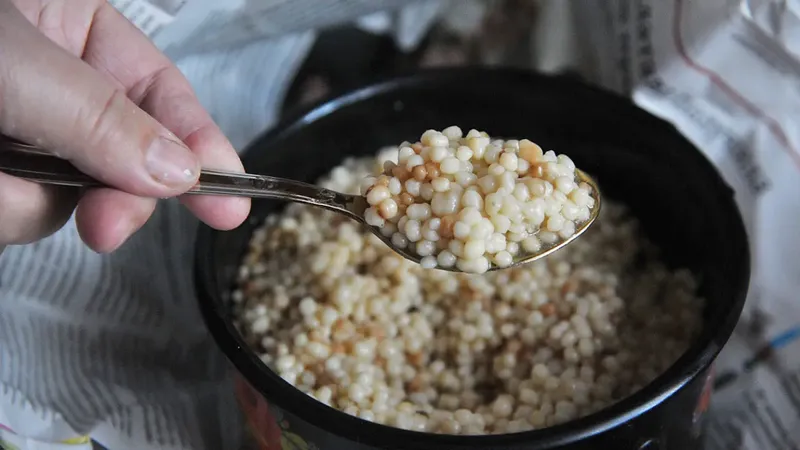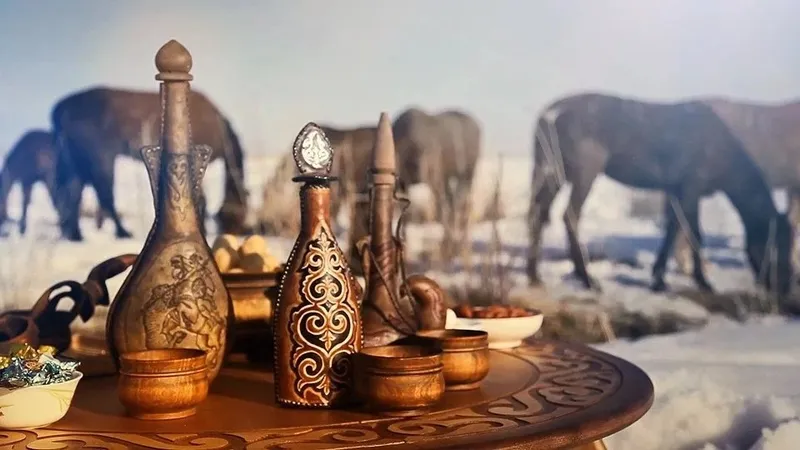Russian cuisine reflects the geographical peculiarities of Russia, Christian beliefs, and customs. Historical upheavals, globalization, and departure from traditions have led to the loss of some Russian culinary recipes. Along with them, the culture of Russian food—known as "trapeza"—has faded into the past. However, traditional Russian food such as porridges, soups, pastries, and a range of other dishes still enjoy popularity among modern homemakers.
Traditional Russian recipes are based on the use of grains, berries, vegetables, flour, and fish—products that were abundant in the lives of ordinary people. Meat dishes were often prepared for holidays, showcasing culinary masterpieces like duck with apples, whole roasted piglets, and roasted swans. The latter dish was served at festive tables in wealthy households.
With the advent of Christianity, typical Russian food was divided into fasting and non-fasting categories. Orthodox Christians observed various fasts for almost seven months a year, which affected the infrequent preparation of meat dishes. However, Russian homemakers had a plethora of recipes for various soups, porridges, and flour-based dishes at their disposal. Therefore, the tables during fasting periods were by no means sparse.
The Culinary Traditions of Russia
The culinary traditions of Russia have existed for over a thousand years, evolving through several stages and interacting with the cultures of other countries and religious norms. Historically, Russian cuisine can be divided into four stages of development:
- Drevnerusskaya cuisine (9th-16th centuries)
- Old Moscow cuisine (17th century)
- Cuisine of the Peter the Great and Catherine the Great era (18th century)
- St. Petersburg cuisine (late 18th century to the 1860s)
A separate section of Russian cuisine that has remained unchanged for centuries is numerous preparations. In many regions of Russia, cold weather prevailed for nine months of the year. Due to weather conditions, housewives endeavored to stock up on as much food as possible. Various methods of food preservation were employed, including salting, smoking, soaking, and fermenting. Pickled or soaked cabbage was used in soups, added to porridges, and used in pies. Soaked apples were also actively used as treats or additions to main dishes. Pickled cucumbers became ingredients in many traditional Russian recipes. Salted or dried meat and fish were served when fasting ended.
Festive Russian Dishes
Russian cuisine combined ritual and practical functions. Specific dishes were prepared for holidays, each with its own significance. In poor families, some ingredients were substituted with cheaper alternatives, but the meaning remained intact. The main holidays were Christmas, Maslenitsa, Easter, weddings, and birthdays.
Traditional Russian Food
Every nation has authentic dishes that are recommended for every tourist to try. Russian food is an introduction to the way of life and immersion into traditions. Not all Russian dishes that were prepared five hundred years ago can be tasted today. However, some recipes are still popular and showcase the diversity of Russian cuisine.
Traditional Russian Recipes
- Spices
- Soups
- Porridges
- Pickles
- Beverages
- Pastries
- Dairy products
- Russian desserts
- Russian vegetable dishes
- Russian mushroom dishes
- Russian meat dishes
- Russian fish dishes



